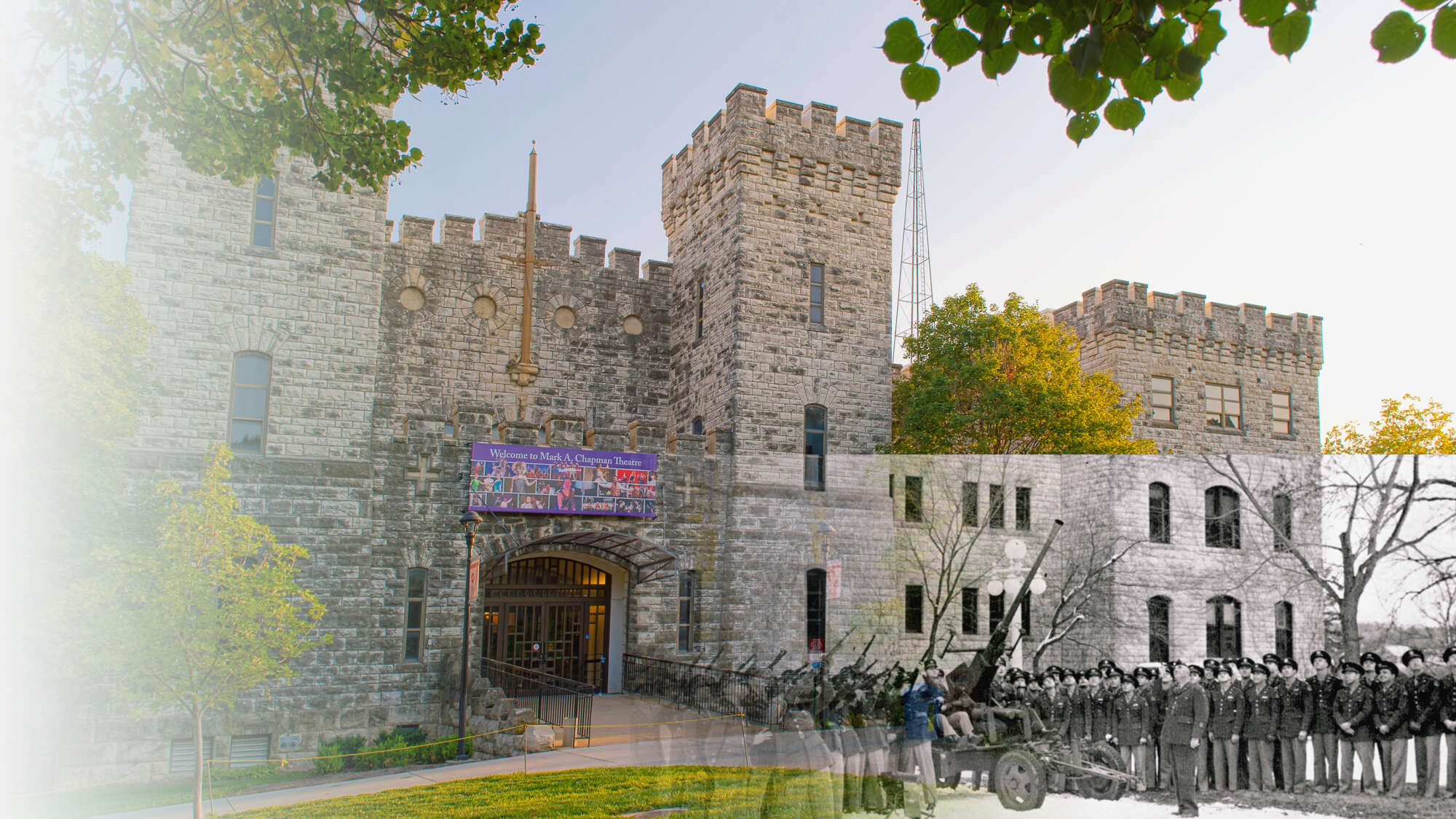Land-grant institutions increase educational opportunities for all
Opportunity and freedom — these ideals are fundamental to the United States of America and the basis on which it was founded. However, prior to the 1862 passage of the Morrill Act, the opportunity for Americans to earn a college degree was limited primarily to wealthy white men. The Morrill Act gave funding for every state, through land grants, to create and maintain an institution of higher education. These new institutions were to expand educational opportunities for all people regardless of socioeconomic class, including rural citizens, women and minorities.
Kansas State University, originally named Kansas State Agricultural College, was founded February 16, 1863, and is the nation’s first operational land-grant institution created under the Morrill Act. Since then, K-State has been serving the people of Kansas by making education accessible to all, disseminating research and knowledge, and engaging communities in civic life.
“In many ways, the land-grant idea was a bold experiment,” said Timothy Shaffer, assistant professor of communication studies and assistant director of the Institute for Civic Discourse and Democracy. “There was a clear economic interest in creating land-grant institutions, but also a democratic theme that is important to note. The Morrill Act made a statement about what kind of society we want to have.”
With the addition of several more acts of Congress, land-grant institutions grew to include on-campus instruction, research conducted on and off campus, and off-campus extension work and community engagement.
“The role land grants have in the 21st century is not just about telling people what the answer is or providing technical expertise, but instead working with communities to develop the skills, the capacities and the dispositions necessary for them to work through tough challenges in productive ways,” said Brandon W. Kliewer, assistant professor of civic leadership. “Our purpose as a land-grant institution is not just to produce capable employees, but also well-rounded citizens who can contribute to our economy and exercise leadership in the social, political and moral spheres of society.”
Since its founding, K-State has relied on federal, state and local investment to operate. As state support has declined over the past several decades, philanthropy has stepped up to fill the gap. Since the KSU Foundation began in 1944, more than $2 billion has been raised through private gifts to support K-State.
K-State is proud of its land-grant history. Faculty, staff and students in every discipline taught and studied at K-State work in some way to fulfill the university’s land-grant mission. In the following pages, you’ll learn of just a few of these programs, which are supported by philanthropy.
Land Grant Acts & Facts
Land grant means the federal government set aside up to 30,000 acres in each state. Proceeds from the land would fund the endowment, support and maintenance of at least one college in each state.
1862 Morrill Act
This act supported institutions of higher learning to teach agriculture, military tactics and the mechanical arts, as well as classical studies so members of the working classes could obtain a liberal, practical education
1887 Hatch Act
The agricultural experiment station program, common among land-grant institutions, was created by the Hatch Act.
1890 Second Morrill Act
This act required each state to show race was not an admissions criterion or else to designate a separate land-grant institution for African Americans, resulting in many of today’s historically Black colleges and universities.
1914 Smith-Lever Act
The Cooperative Extension Service, which disseminates information gleaned from experiment stations and university research, was the result of this act.
1994 Equity in Educational Land-grant Status Act
Native American tribally-controlled universities were granted land-grant status under this act. This provided federal funding for teaching, research, and outreach to Native American populations but did not install a Cooperative Extension Service at these institutions.
There are 112 land-grant institutions.
There is at least one land-grant institution in every state, U.S. Territory, and the District of Columbia.
Kansas has two land-grant institutions: Kansas State University and Haskell Indian Nations University.




